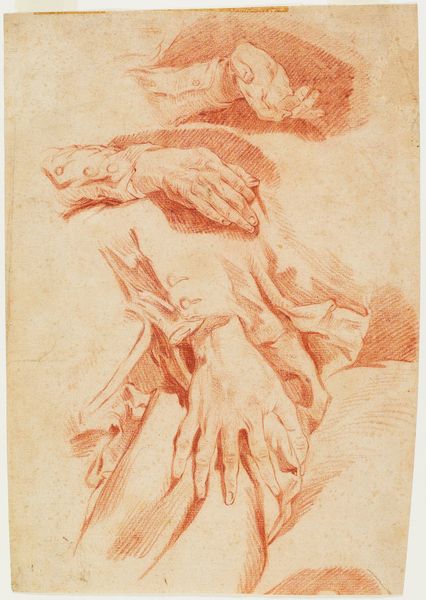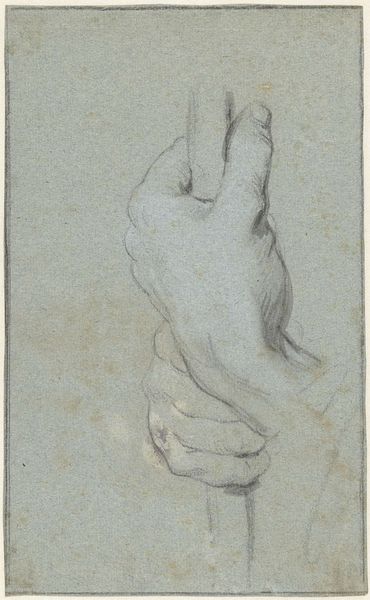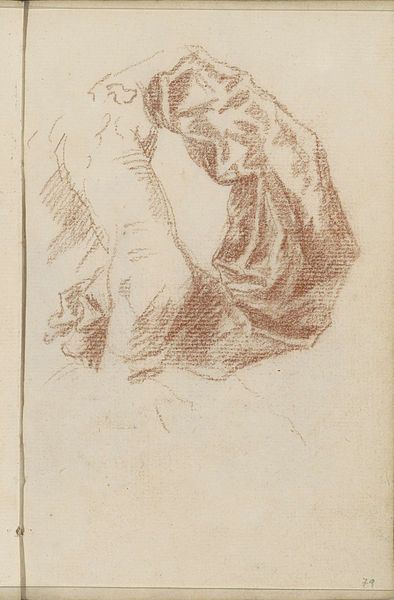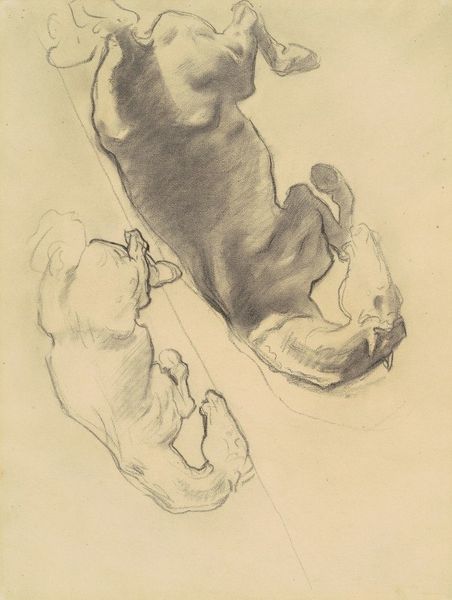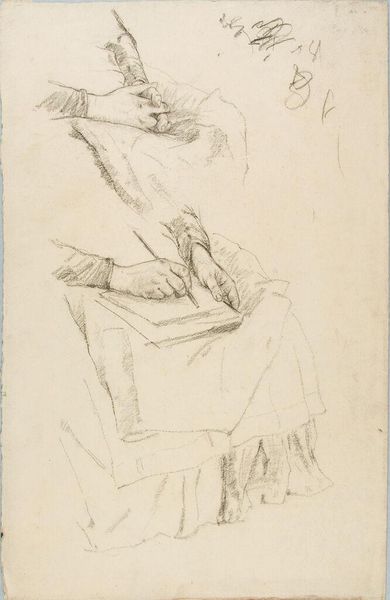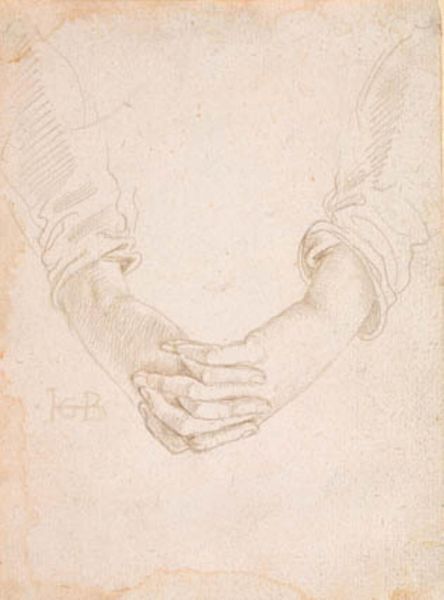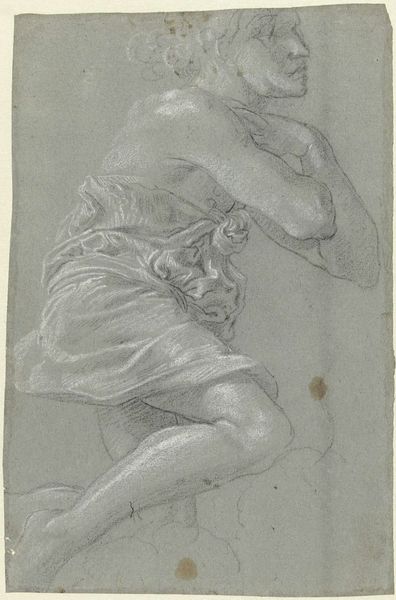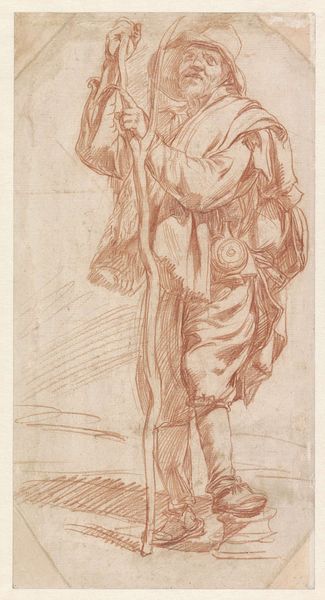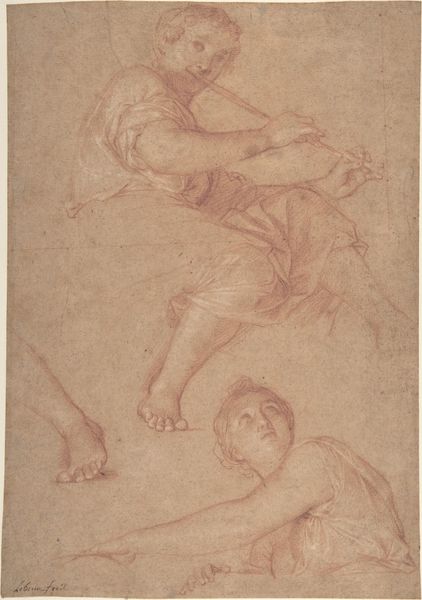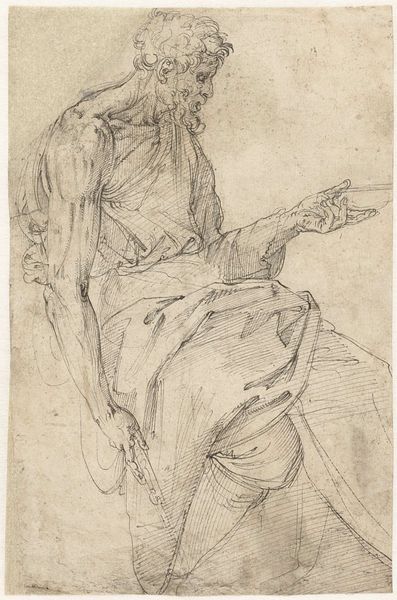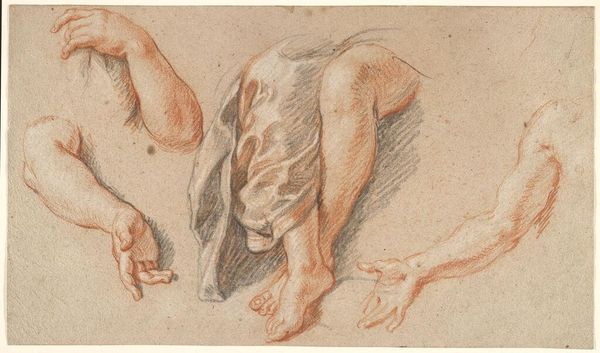
drawing, pencil
#
portrait
#
pencil drawn
#
drawing
#
figuration
#
form
#
pencil drawing
#
pencil
#
portrait drawing
#
academic-art
Copyright: Public Domain: Artvee
Curator: Before us is "Study of Hands," a pencil drawing created around 1842 by Jean Auguste Dominique Ingres. Editor: There’s something wonderfully unsettling about it, like disembodied gestures floating in a dream. A flurry of hands—clasped, reaching, praying—each drawn with such precise, delicate shading. Curator: Ingres was renowned for his mastery of line, wasn’t he? The precision, especially evident in this work, underscores his academic approach. It is all about perfecting form here, in black and white no less. Editor: But think of the physicality, though! Pencils are such humble things. Wood, graphite—transformed through immense skill and repetitive motions to capture this idea of...devotion? Or labour? The hands tell such different stories. It makes me wonder who they belonged to. Curator: It could well be a study for a larger work, exploring different hand positions for his figures. His subjects were often from high society so one could see this being deployed for dramatic effect in portraits. This level of anatomical understanding… Editor: See, I’m struck by their isolation. They feel severed from any body, any context, even. Almost like specimens on a table, analyzed for form. It speaks to a focus on the component, the fragmented body. Which leads me to wonder whether it reveals any attitudes to making – of bodies, or drawings. Curator: I see it more as the foundation for beauty; isolating details in order to construct the most flawless figure possible. Ingres was a formalist to his very core and these exercises, one presumes, led to grander compositions. Editor: A beautiful exercise in the social construction of hands...as stand-ins for class and character. In this "Study of Hands," Ingres has offered an unintended narrative: not simply about aesthetics, but about production itself, as it relates to social expression. Curator: To linger on "Study of Hands" then is to recognize Ingres' unique talent but also to see, as always, how the context of production leaves traces in the art object. Editor: Yes, and conversely, this ‘Study’ in its raw materiality makes us think, feel, and consider what "perfect" can even mean, as something to reach for and ultimately pass through, like a caress.
Comments
No comments
Be the first to comment and join the conversation on the ultimate creative platform.
